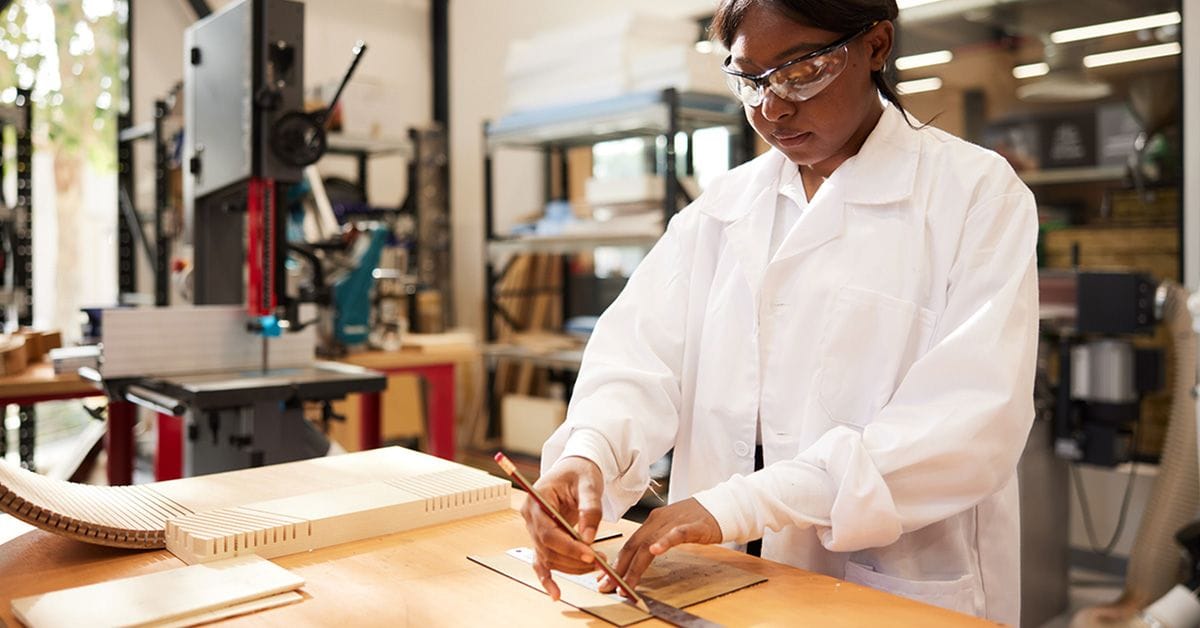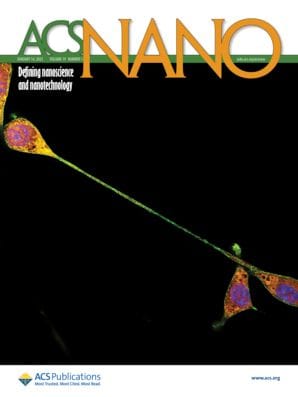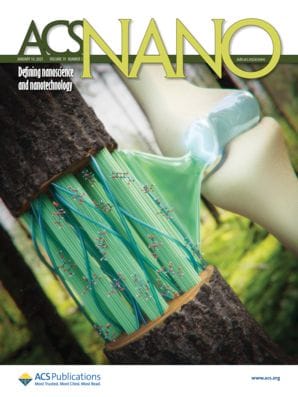Now, with the help of science, old pressed-wood furnishings could be repurposed, and new modular decor could incorporate more environmentally friendly materials.

For a few hundred dollars, a bedroom can be refreshed with the latest flat-pack offerings. Wood particleboard furniture is affordable and generally easy to assemble, but particleboard is often held together with formaldehyde-based resins that make it hard or impossible to recycle. Now, with the help of science, old pressed-wood furnishings could be repurposed, and new modular decor could incorporate more environmentally friendly materials. Four articles published in ACS journals reveal how.
Adhesive-free particleboard joined by plant fibers
To bind wood chips together in particleboard, resins containing formaldehyde alternatives have been proposed, such as lignin or cellulose. Now, researchers reporting in ACS’ Nano Letters have developed plant macrofibers with tiny nanofibers on their surfaces (like pieces of yarn that have been roughed up) to ensnare and link the wood chips together. In demonstrations, particleboard made with the new macrofibers was strong, sound-absorbing and lighter than particleboard made with the other plant-based alternative resins.

Adhesive-Free, Light, and Strong Particle Board
DOI: 10.1021/acs.nanolett.4c05652
Self-bonding bamboo fiberboard
Researchers in ACS Sustainable Chemistry & Engineering have developed a specialized bamboo fiber that forms a self-bonding fiberboard. Made from fast-growing bamboo, the board is strong and flexible, and it doesn’t use formaldehyde or other volatile organic compounds as a binder. The new material is held together by treating the bamboo fibers with tea polyphenols and cobalt ions, and then cross-linking the fibers’ hydroxyl and carboxyl functional groups with heat and pressure.

Fabrication of Moldable Self-Bonding Bamboo Fiberboard Using a Dual-Coordination Network Enhancement Strategy
DOI: 10.1021/acssuschemeng.4c09825
Thermal insulation made from cardboard
Thermal insulation for buildings is typically made from petrochemical-based polymers, such as polystyrene and polyurethane. Now, a study published in ACS Nano proposes a renewable foam made from discarded cardboard. The foam, manufactured with what the researchers call a one-pot synthesis strategy, is lightweight, temperature insulating and fire-resistant. These characteristics suggest the material could be an effective and sustainable insulation option for residential buildings.

Hierarchical Biogenic-Based Thermal Insulation Foam
DOI: 10.1021/acsnano.4c12328
Repairing joints with recycled wood
In an ACS Nano study, researchers propose using discarded wood materials, such as particleboard, to create hydrogels with mechanical properties similar to cartilage for the repair of joint defects and injuries. Demonstrations of the wood-derived hydrogel in animal models showed that it healed osteochondral injuries in femur joints significantly better than joints treated with traditional collagen gels at 12 weeks after injury onset. To the researchers’ knowledge, this is the first study investigating the use of wood in tissue engineering.

Wood-Derived Hydrogels for Osteochondral Defect Repair
DOI: 10.1021/acsnano.4c10430
This article roundup is brought to you by the ACS Science Communications team—learn more below.
